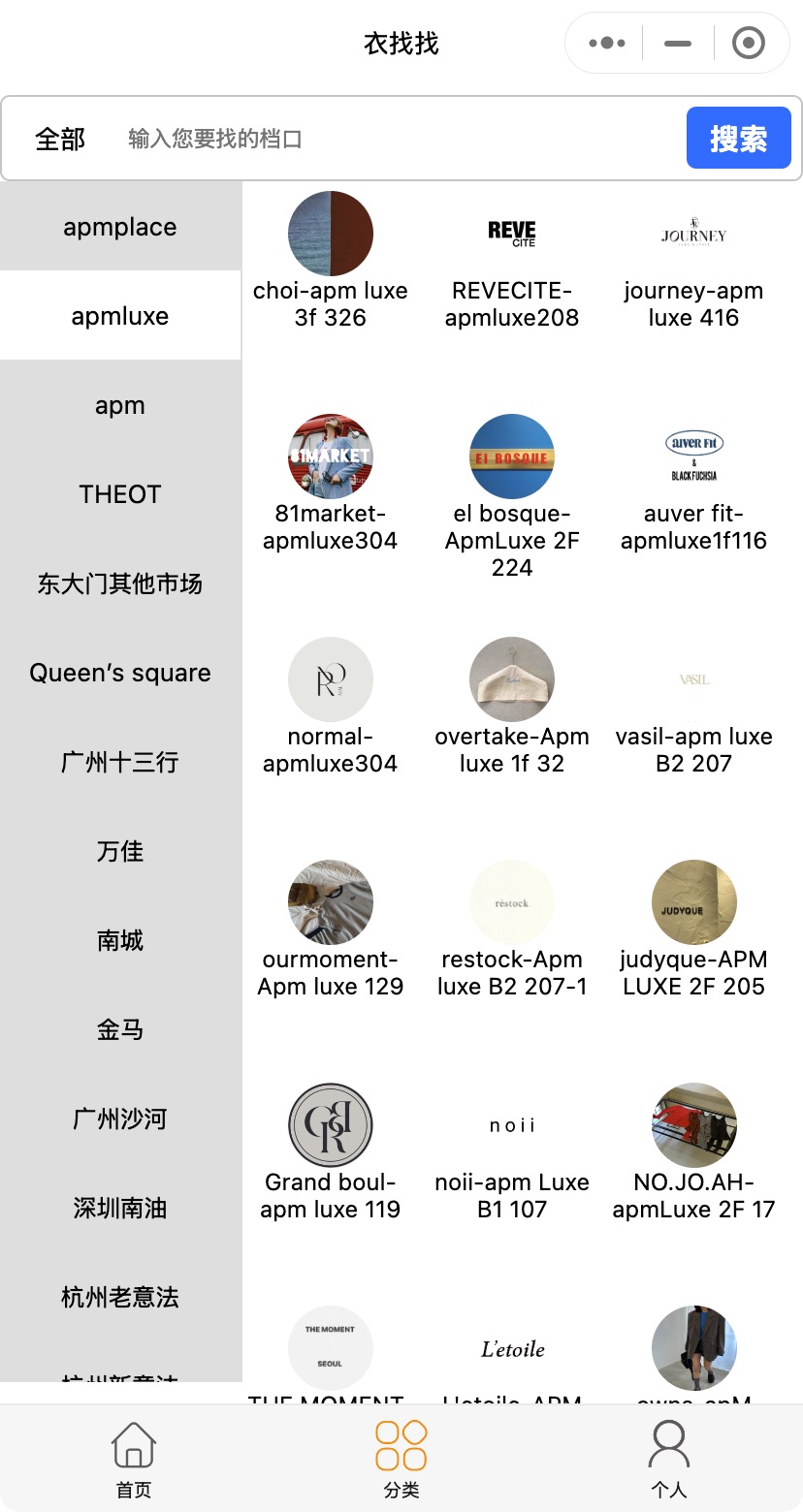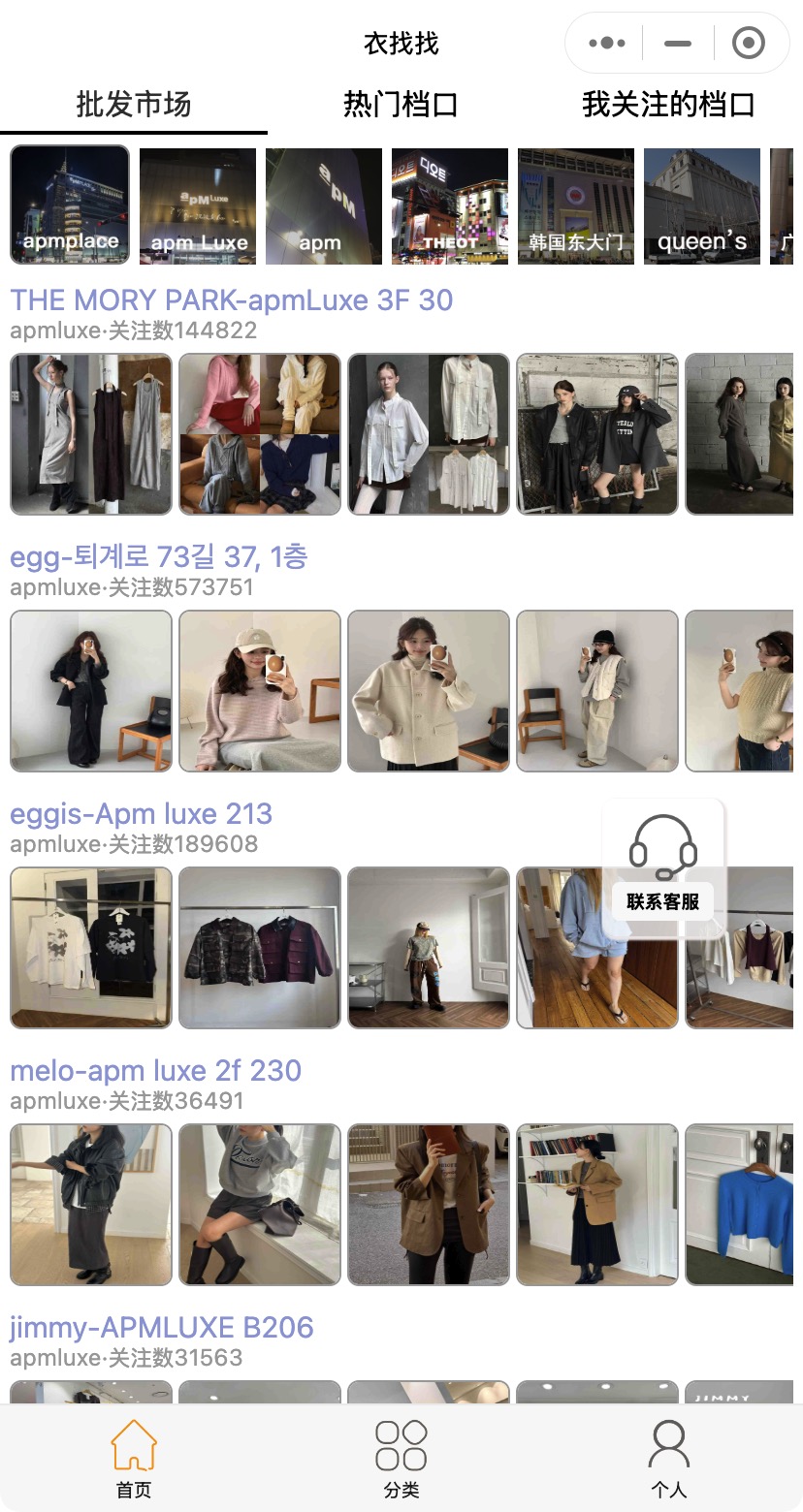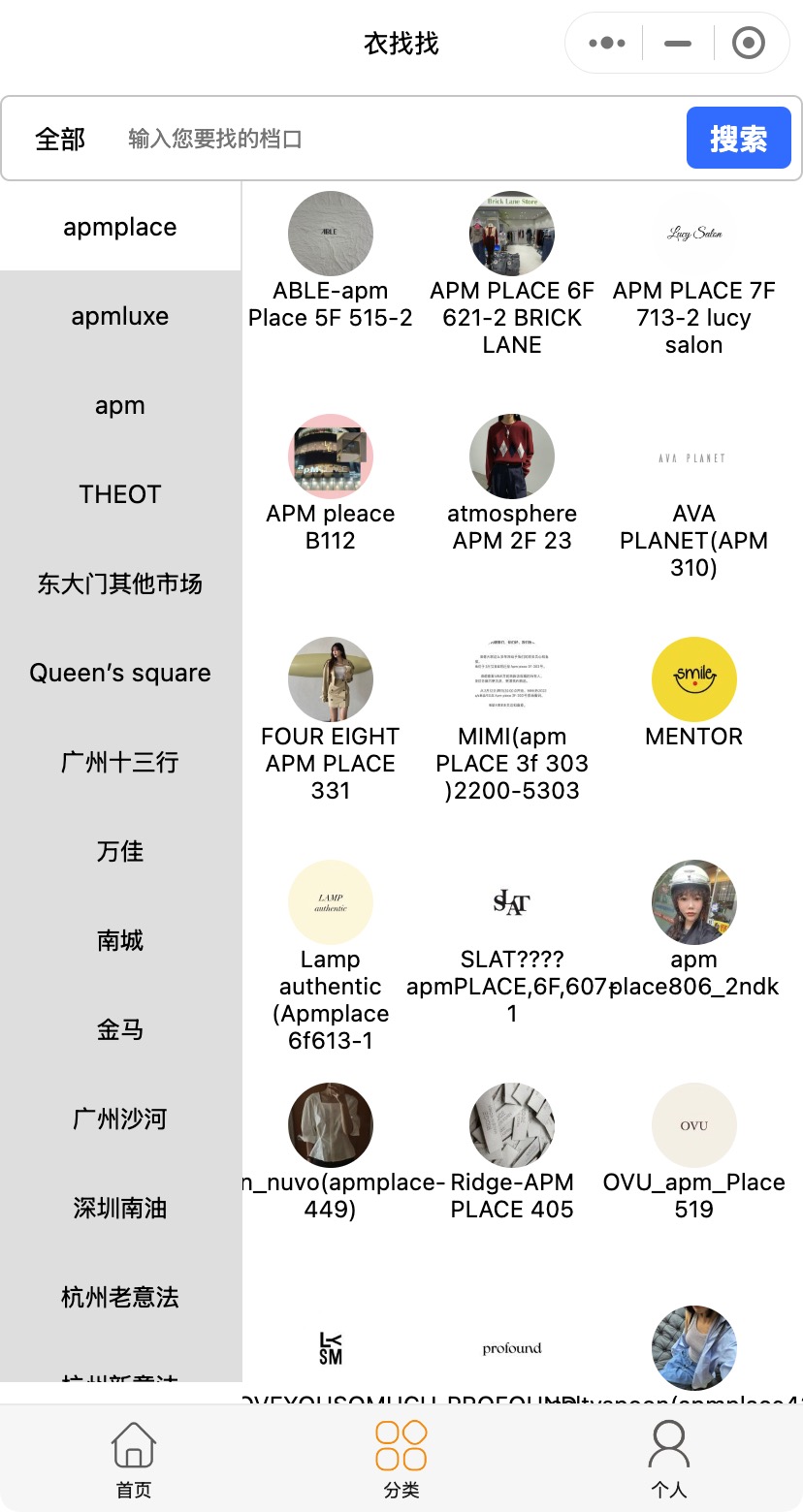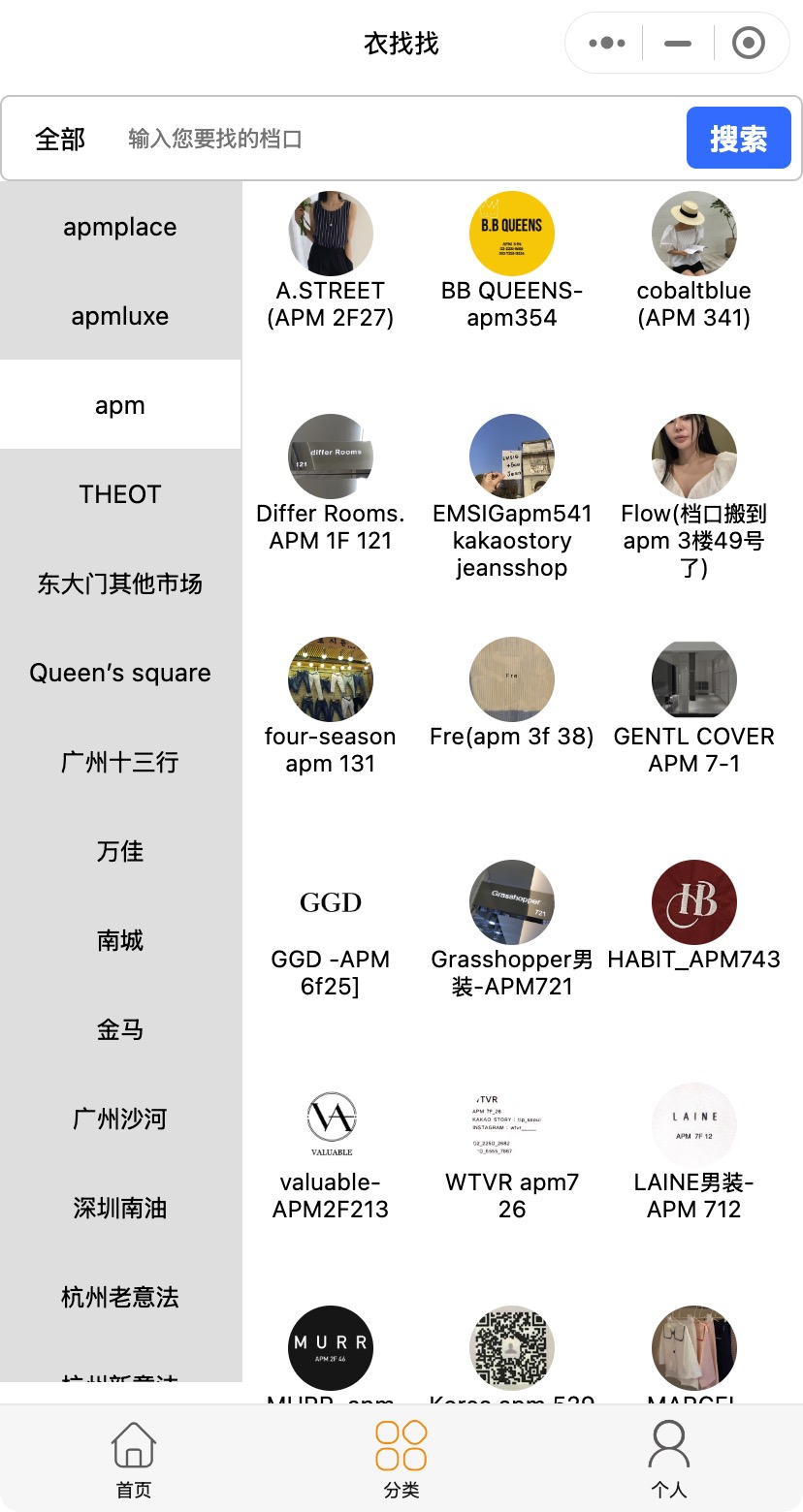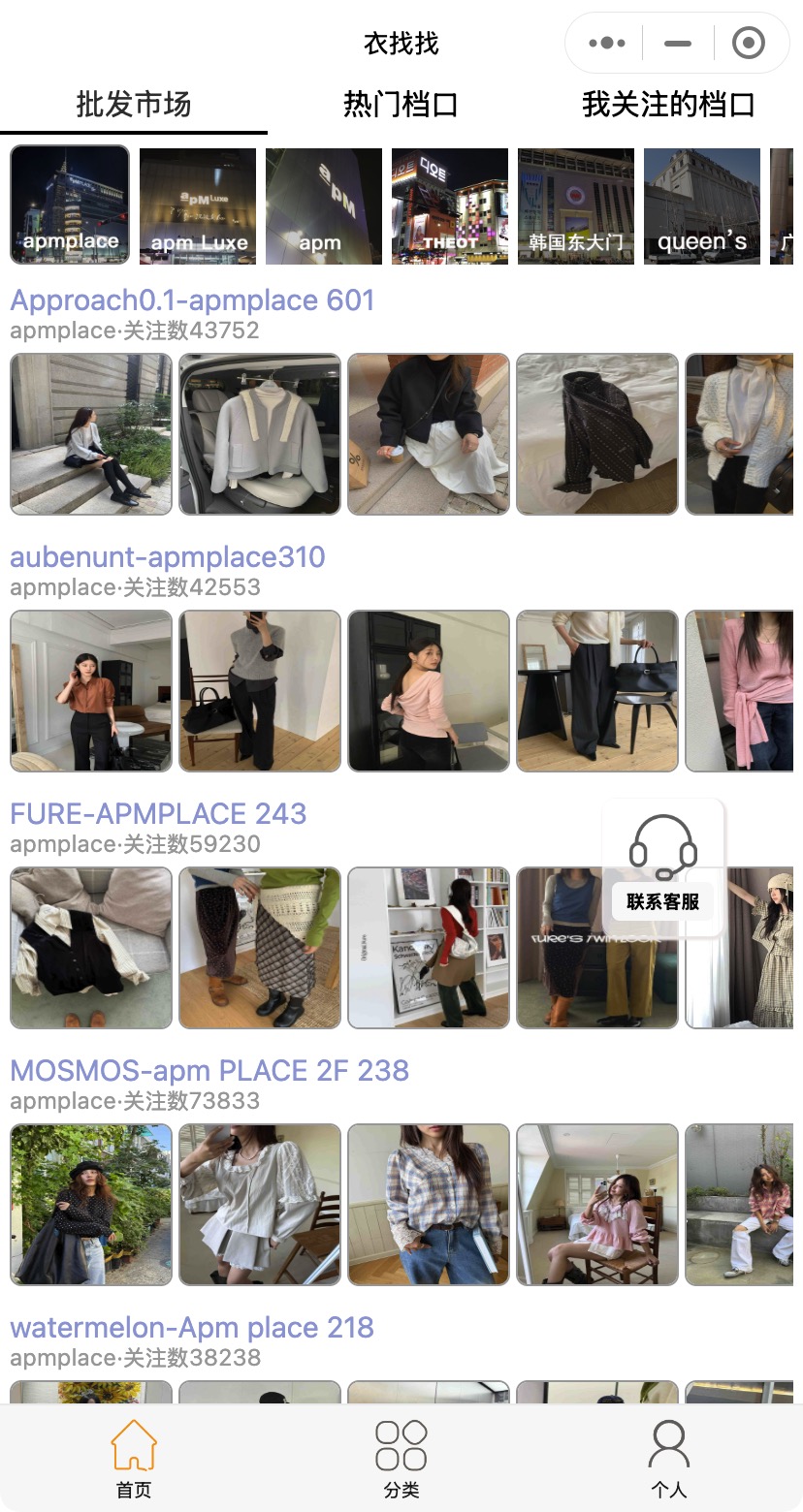For China′s wholesale market information, visit Soudangkou.com at cdn.soudangkou.com . Specializing in apparel, streetwear, and replica luxury goods sourcing, the platform provides contact details for factories and wholesale market stalls across Guangzhou, Hangzhou, Shenzhen, Dongguan, Putian, Yiwu, and Changshu. Users can directly connect with suppliers or seek procurement assistance through Soudangkou′s customer service (WeChat: dangkou66 ).Table of contents
hide
1.
What is NRE Cost?
2.
Cost Account for NRE
3.
5 Common Reasons Causing High NRE Cost
4.
How to Reduce NRE Cost When Customizing a New Product
5.
Conclusion
What is NRE Cost?
When a company develops a new product, there are numerous expenses that it must consider. Non-Recurring Engineering (NRE) costs are the expenses incurred during the design, development, and testing of a new product. These expenses are one-time costs and are not directly related to the production of the product.
To ensure the profitability of a new product, it is possible to transfer some of the losses incurred during product development to the project and hope that the investment will generate additional returns in future mass production. The NRE (non-recurring engineering) must be considered in financial analysis when budgeting. Although the company only pays NRE once for a single new product development, it can be quite expensive and the product must sell well enough to bring returns on the initial investment. NRE is different from production costs that must be continuously paid to maintain normal production operations.
These NRE costs can be recouped from profits generated by large-scale production, and some ODM/OEM manufacturers may have certain customers agree to pay for the NRE costs, especially for products that were discontinued during development or not produced after completion. Usually, customers will pay for the NRE costs. Once the product is successfully developed and there are ongoing orders, the manufacturer will generally refund the NRE costs to the customer.
Below is the new product development cash flow profile, The time point of the biggest NRE cost is before the mass production of the product.
Cost Account for NRE
There are five main costs associated with NRE(Take the development of a new TWS headset as an example):
Cost 1: Design and Development Costs
The first cost associated with NRE is the design and development cost. This cost includes expenses related to the design of the product, such as concept development, research, prototyping, and testing.
- Pre-conceptual design research
- ID design fee for TWS headphones
- Handboard proofing fee
- Sample testing fee
Cost 2: Tooling and Equipment Costs
The second cost associated with NRE is the tooling and equipment cost. This cost includes expenses related to the creation of the tools and equipment needed for the production of the product.
- Mold opening fee
- Equipment depreciation charge
- Fixture development fee
Cost 3: Testing and Certification Costs
The third cost associated with NRE is the testing and certification cost. This cost includes expenses related to the testing and certification of the product to ensure that it meets regulatory and safety standards. If this TWS earphone is to be imported to the United States or Europe;All of these are subject to the following third-party official tests, excluding the testing fees within the manufacturer.
- CE certification fee (export destination certification fee)
- 3C certification fee (certification fee of manufacturing country)
- Manufacturer’s internal testing fee
Cost 4: Training and Documentation Costs
The fourth cost associated with NRE is the training and documentation cost. This cost includes expenses related to the creation of training materials and documentation for the production, assembly, and maintenance of the product.
- Training cost of assemblers before putting into production
- Assembly station operation flow, test flow, quality inspection process, delivery sampling process labor cost and material cost
Cost 5: Marketing and Advertising Costs
The fifth cost associated with NRE is the marketing and advertising cost. This cost includes expenses related to the promotion of the product to potential customers.
- Pre-brand market warm-up promotion expenses
- Advertising fee
- Endorsement fee
5 Common Reasons Causing High NRE Cost
1. Complex Designs
The complexity of the design is one of the leading causes of high NRE costs. Complex designs require more time and resources to develop and test, resulting in higher NRE expenses.
2. Custom Tooling and Equipment
Custom tooling and equipment are another common reason for high NRE costs. Custom tooling and equipment are often required for the production of complex products or products with unique specifications.
For example, if the TWS headphone battery is not the general capacity of the supply chain, but the customized battery capacity, the battery cost of both the tested equipment and the customized battery will be increased.
3. Regulatory Compliance
Regulatory compliance is a critical component of product development, and non-compliance can result in significant legal and financial consequences. However, the testing and certification required to meet regulatory standards can be costly and time-consuming, contributing to high NRE expenses.
Is your product development and design in line with industry specifications? for example, if the TWS headphone sample is not certified in 3C or CE certification, it is fine if it does not involve mold modification, and if structural modification is involved, the NRE cost will double.
4. Lack of Experience
Lack of experience is another common reason for high NRE costs. Developing a new product requires a significant amount of knowledge and expertise. Inexperienced teams may require more time and resources to complete the project, resulting in higher NRE costs.
5. Changes in Requirements
Changes in requirements can also contribute to high NRE costs. Changes in product requirements can result in additional design, development, and testing expenses, as well as delays in product launch.
1-10-100 cost and time rules
Usually, the problem can be adjusted at almost no cost during the prototype phase (the adjustment will be part of the normal iteration cycle), but once mass production is carried out, it will be noted that it will lead to a large number of scrapped materials, high cost overruns, and long delays. In other words, consider your requirements and design carefully before moving on to the next phase of the NPI process.
For example, new TWS headphones have already started trial production, but the market verifies that users’ appearance is lower than expected. If changing the design at this time has a great impact on NRE costs, it is equivalent to a lot of previous R&D and testing work that has to be done for the second time.
How to Reduce NRE Cost When Customizing a New Product
-
Simplify the Design
Simplifying the design of the product can significantly reduce NRE costs. A simpler design requires less time and resources to develop and test, resulting in lower NRE expenses.
-
Standardize Tooling and Equipment
Standardizing tooling and equipment can also help reduce NRE costs. Using standard tools and equipment can lower the costs associated with tooling and equipment development.
-
Plan for Regulatory Compliance
Planning for regulatory compliance from the outset can help reduce NRE costs. Developing products that meet regulatory standards from the start can eliminate the need for costly modifications later in the development process.
-
Hire Experienced Manufacturer
Hiring experienced manufacturer can also help reduce NRE costs. Experienced teams have the knowledge and expertise necessary to complete the project efficiently, resulting in lower NRE expenses.
– Senior experts in this industry
– Understanding new product development process and product engineering process
– Excellent communication skills and project management skills
-
Define Requirements Clearly
Clear requirements can help reduce NRE costs by eliminating the need for costly changes later in the development process. Defining requirements clearly from the start can help ensure that the product meets customer expectations and regulatory standards.
-
Use Prototyping and Simulation
Using prototyping and simulation can help reduce NRE costs by identifying potential issues early in the development process. This allows the team to make modifications before the product reaches the production stage, reducing the cost of making changes later in the development process.
-
Leverage Existing Technology
Leveraging existing technology can help reduce NRE costs by reducing the need for custom design and development. Using existing technology can also help reduce the time and resources required for testing and certification.
-
Collaborate with Suppliers
Collaborating with suppliers can help reduce NRE costs by leveraging their knowledge and expertise. Suppliers may be able to provide cost-effective solutions for tooling and equipment, as well as testing and certification.
Any method has two sides, the ultimate is to find a balance between function, price and time in product development, and the most important thing is to meet the needs of the target users.
Conclusion
Non-Recurring Engineering (NRE) costs are an inevitable part of developing a new product. However, by understanding the different costs that make up NRE, the reasons behind high NRE costs, and strategies to reduce these expenses, companies can minimize the impact of NRE costs on their bottom line.
Simplifying the design, standardizing tooling and equipment, planning for regulatory compliance, hiring experienced teams, defining requirements clearly, using prototyping and simulation, leveraging existing technology, and collaborating with suppliers are all strategies that can help reduce NRE costs.
Ultimately, the key to reducing NRE costs is to approach product development with a strategic and proactive mindset. By taking the time to plan, collaborate, and leverage existing resources, companies can reduce NRE costs and increase the likelihood of a successful product launch.

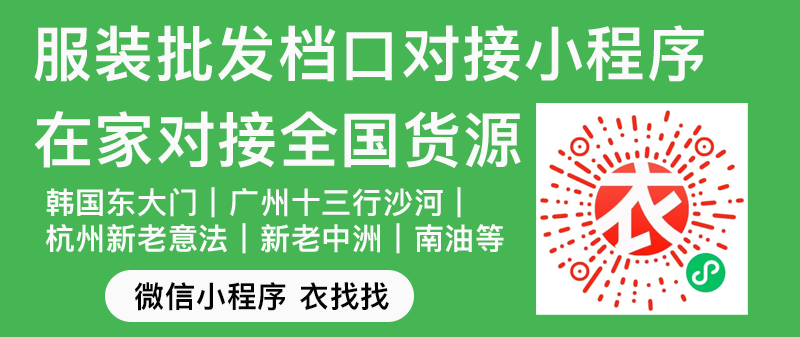


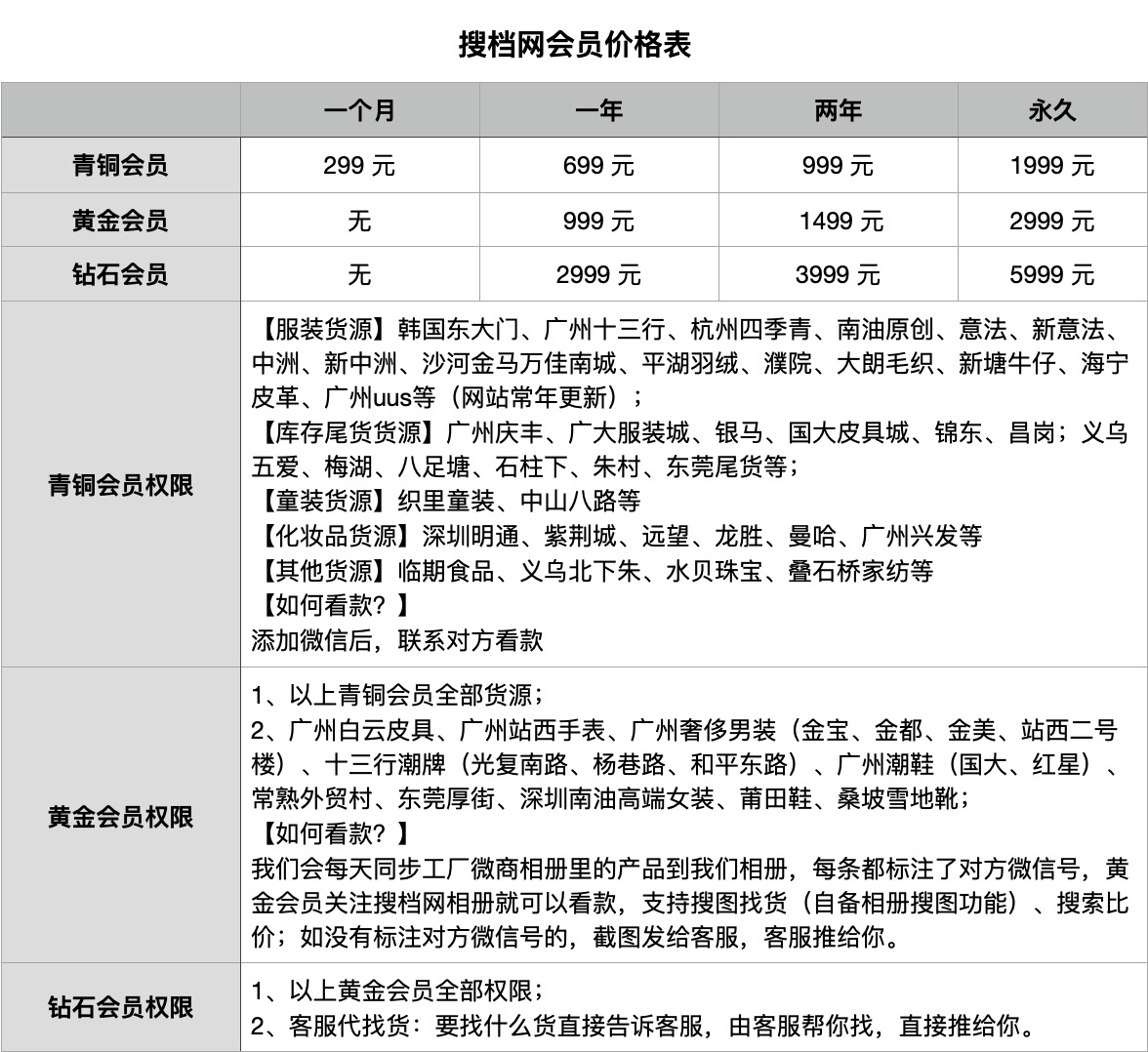
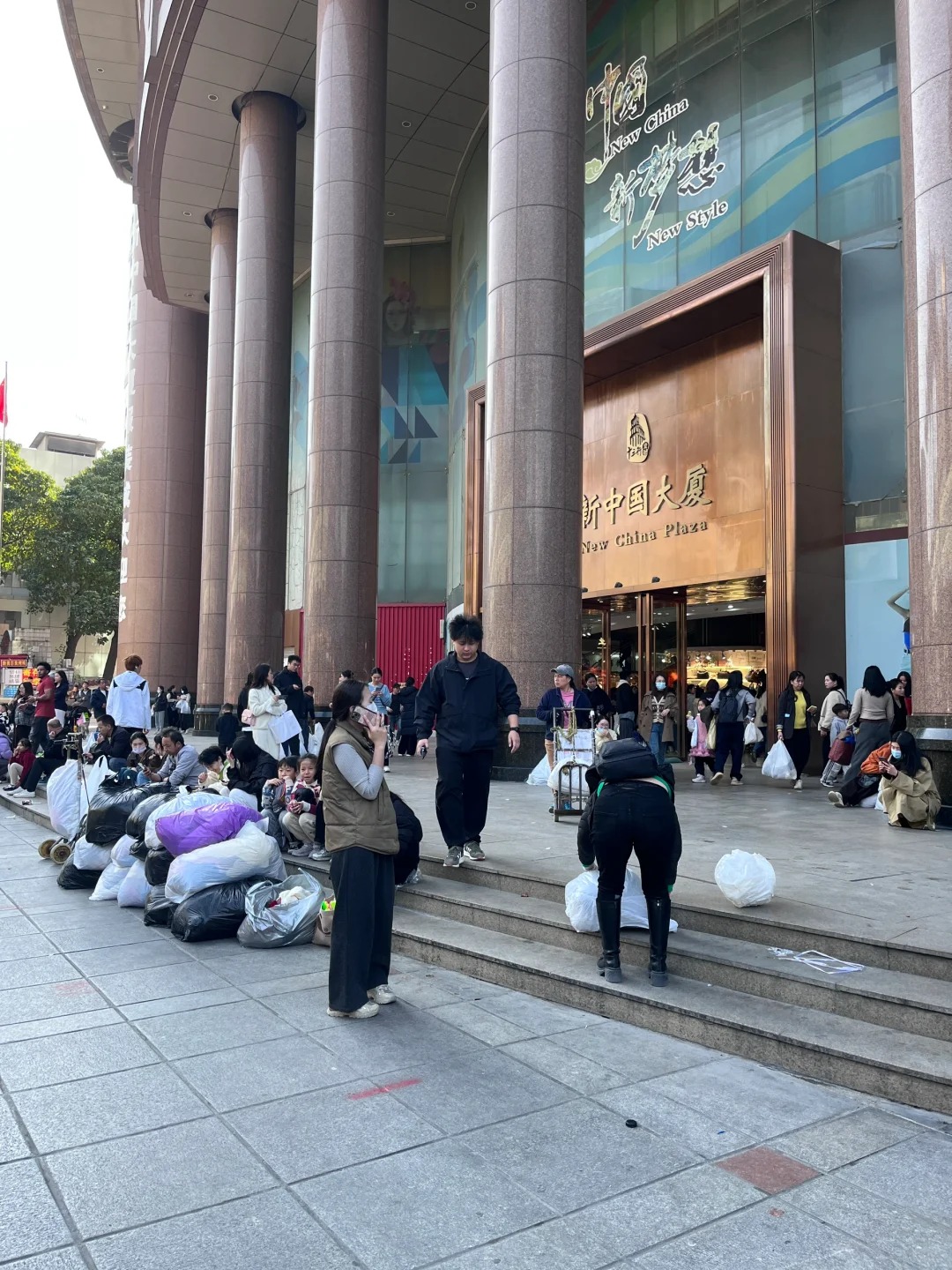
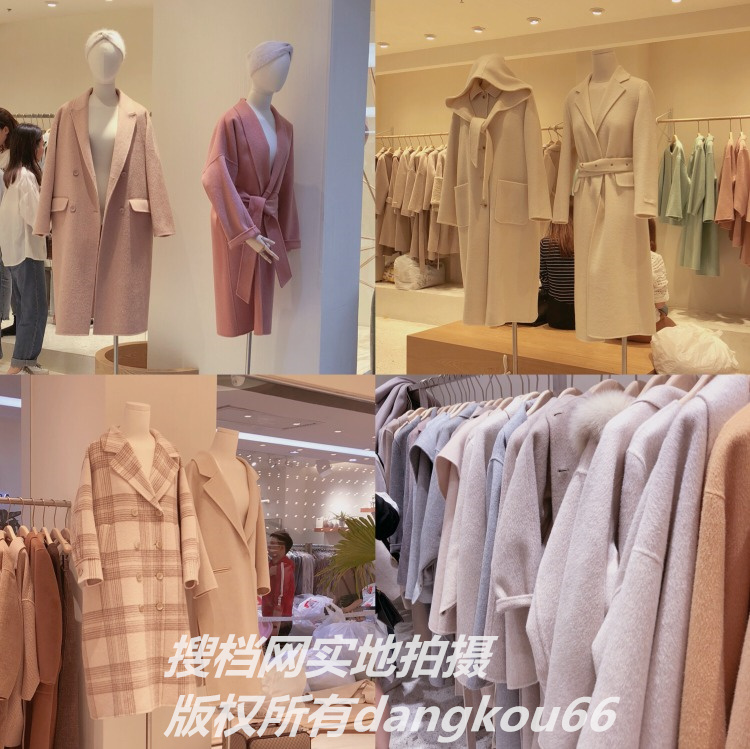
![Must-See for New Store Owners! In-Depth Analysis of Nanyou Building 108’s [34 Bestselling Wholesalers]! Bestsellers, Designer Styles, and New Chinese Chic All in One Place!](https://cdn.soudangkou.com/2025/10/20251031022627852.png)
